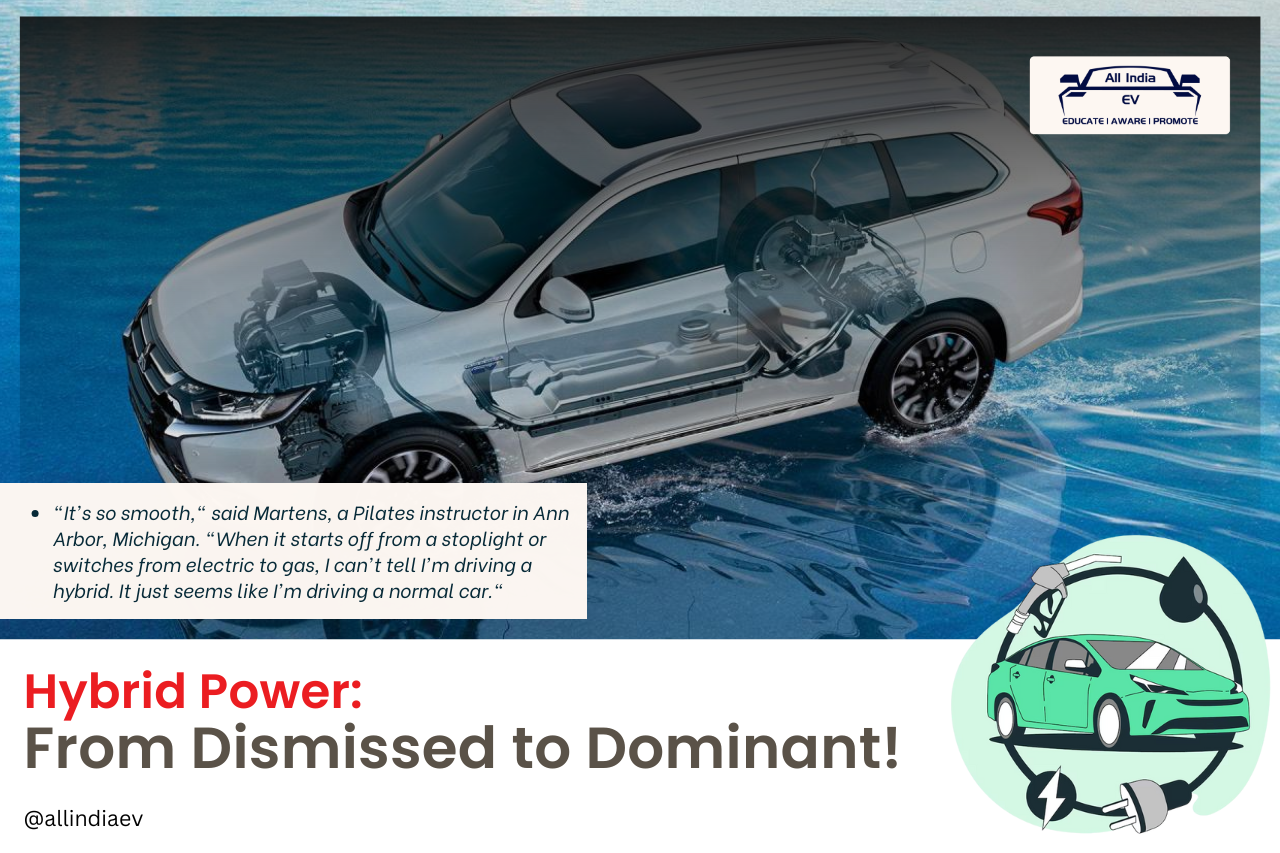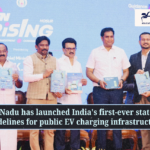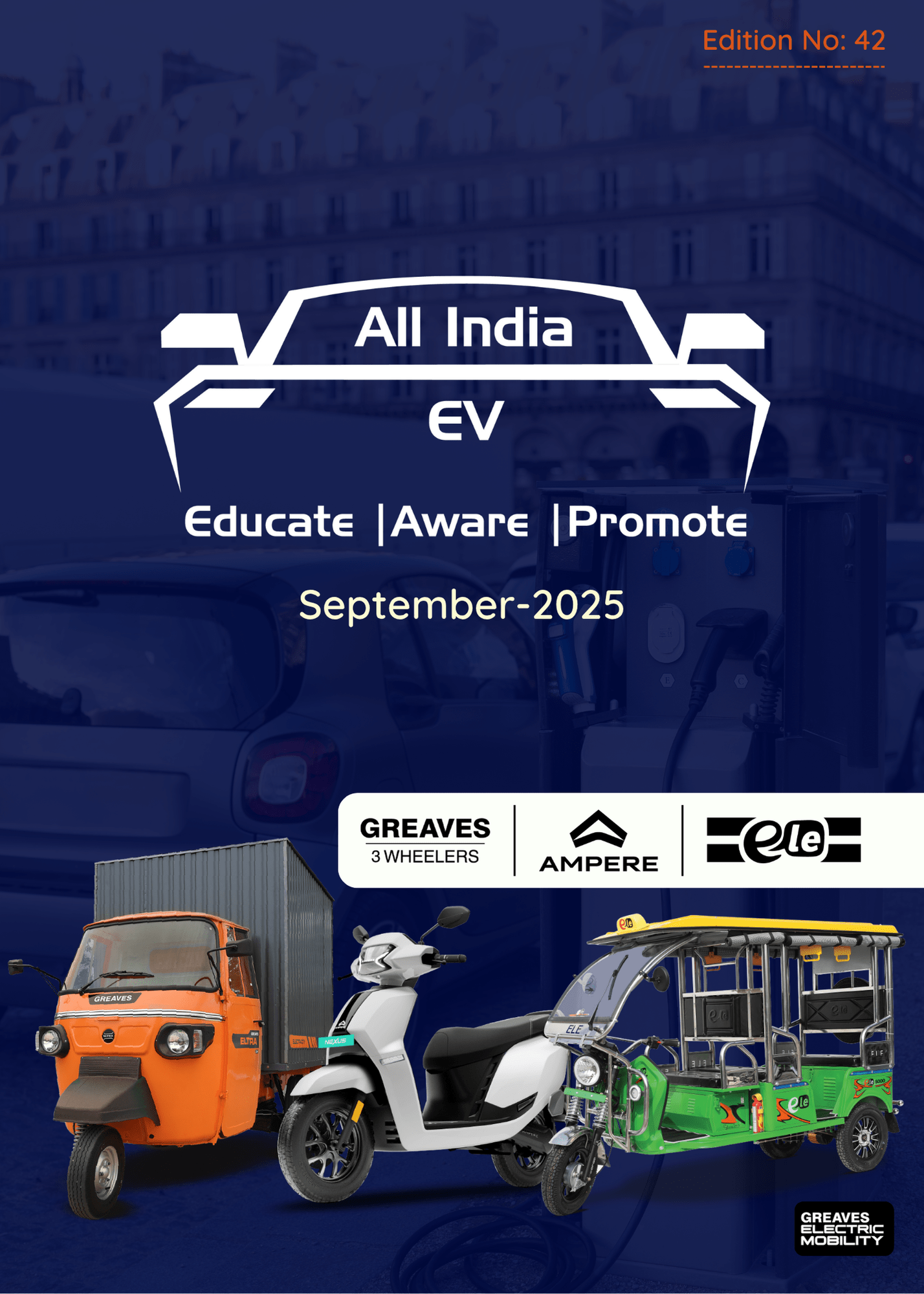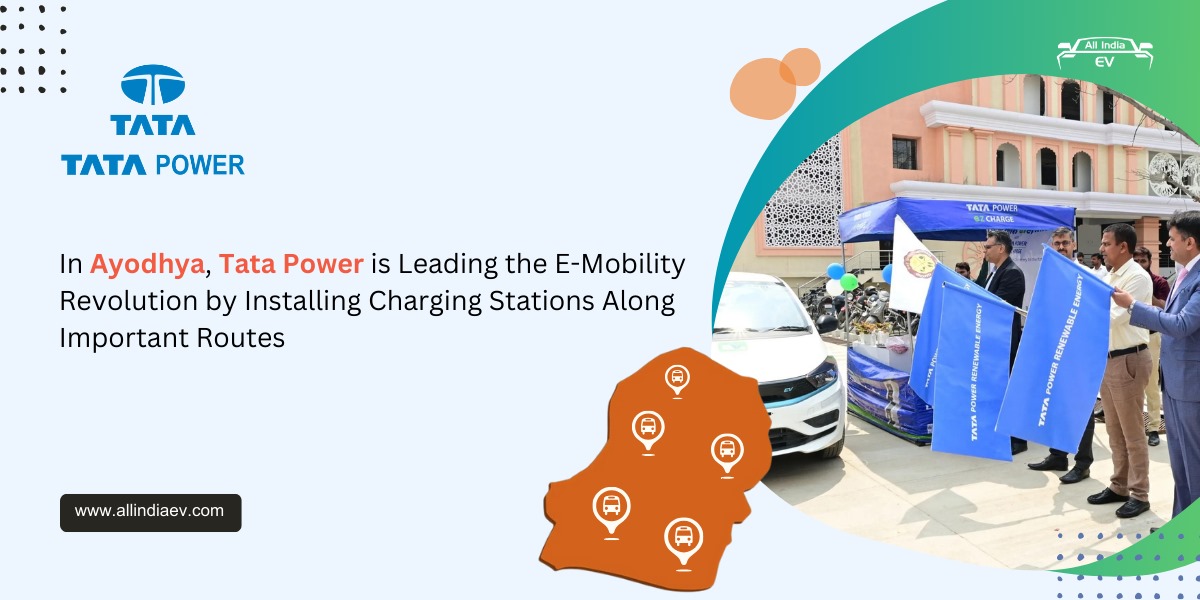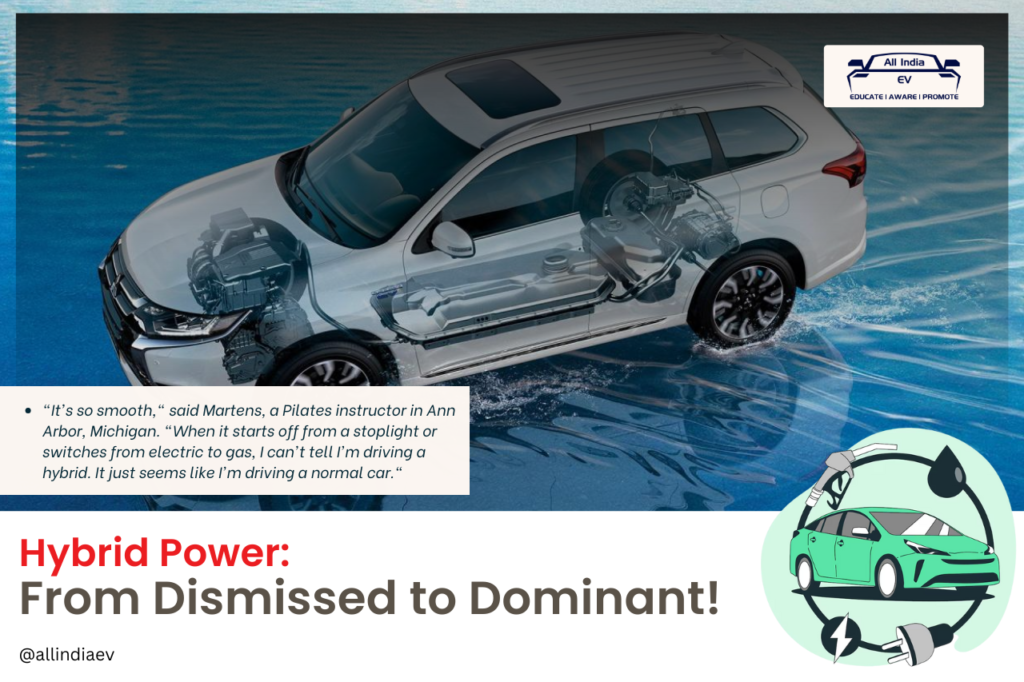
Drivers Embrace Hybrids as Rising EV Costs and Charging Gaps Make Them Feel Just Like Driving a Regular Car
Once seen as a transitional technology on the path to a fully electric future, hybrid vehicles are witnessing a robust resurgence—especially in markets like the United States—amid concerns over EV affordability and infrastructure readiness. This shift is reshaping strategies at major automakers and capturing the attention of cost-conscious, convenience-seeking consumers.
From Forgotten Tech to Consumer Favorite
For drivers like Sarah Martens from Ann Arbor, Michigan, the choice of a hybrid was simple. Her 2025 Toyota Highlander Hybrid offers impressive mileage—nearly 30 mpg, a smooth driving experience, and none of the range anxiety or charging hassles associated with fully electric cars.
“It just feels like a normal car,” said Martens. “When it switches between gas and electric, I can’t even tell.”
Why Hybrids Are Back in Demand
Experts cite three key factors driving the hybrid revival:
- Affordability: Hybrids are priced closer to conventional ICE models, making them far more budget-friendly than most EVs.
- Fuel Efficiency: Most hybrids significantly outperform petrol cars in terms of mileage.
- Ease of Transition: No need for dedicated home or public charging infrastructure.
“Hybrids hit a sweet spot,” said Jessica Caldwell, executive director at auto analytics firm Edmunds. “They’re practical and offer value without needing a new lifestyle.”
Market Momentum in the U.S.
- In Q1 2025, hybrids made up 14% of all light vehicle sales in the U.S., double the share of fully electric vehicles during the same period.
- Toyota and Lexus led the charge, with hybrids making up nearly 50% of their total sales.
- Ford’s hybrid sales jumped 31% year-on-year, while Honda’s hybrid versions of the CR-V and Accord now outsell their petrol variants.
Evolved Technology, Broader Appeal
Modern hybrids are a far cry from their clunky early versions. Automakers have had over two decades to refine the systems:
- Seamless engine transitions between electric and gas power
- Compact, efficient batteries charged through regenerative braking and engine cycling
- Plug-in hybrids offer up to 50 km of pure electric range before switching to petrol backup
“We’ve refined hybrids to make them fuel-efficient and fun to drive,” said David Christ, VP of Toyota North America.
Added Features & New Capabilities
The latest hybrid vehicles also offer innovative utilities:
- The Ford F-150 Hybrid pickup can power tools or homes during outages, making it popular among construction professionals and rural customers.
- Toyota’s RAV4 Hybrid offers more power and torque than its petrol-only counterpart.
Policy & Legislative Push Could Shape the Future
While some U.S. legislative proposals may remove EV tax credits, they could unintentionally boost hybrid adoption by creating a more level playing field between EVs and hybrids.
What This Means for India
India, too, is seeing growing interest in hybrids as a practical bridge between ICE and EVs, especially in Tier 2 and Tier 3 cities where charging infrastructure remains limited. Automakers like Toyota and Honda are already planning or rolling out hybrid models tailored for Indian conditions, and upcoming policy frameworks may further incentivize their production and adoption.
Conclusion: A Recharged Future for Hybrids
As battery technology improves and fuel prices remain volatile, hybrids are reclaiming relevance. They offer the best of both worlds—eco-friendliness and everyday practicality—and could play a pivotal role in India’s gradual but determined transition to green mobility.


